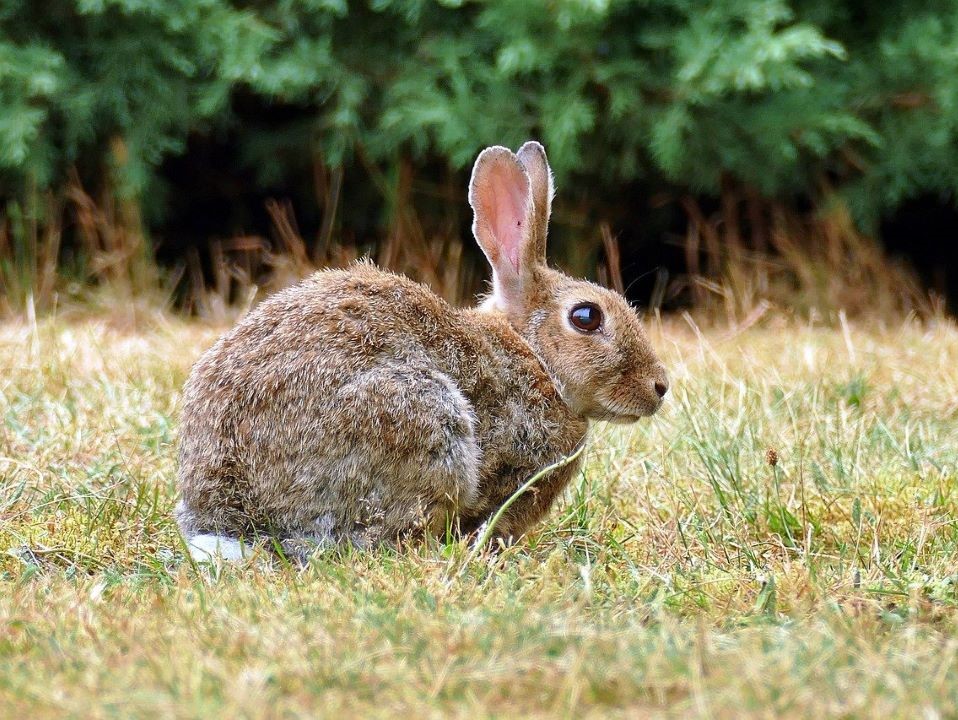The biggest ruin of the Australian continent has arrived with the first settlers and will cause tens of millions of dollars in damage annually. Rabbits are the most formidable invasive species facing Australia.
The legendary First Fleet of Commander Arthur Phillip brought settlers to a new continent from Europe in the 18th century. Together with the convicts, the vessel imported cattle and poultry, and rabbits. The animals were classified for breeding, not for direct consumption.
Valuables Turned into a Surplus
An unspecified number of wild European rabbits were given enough time to acclimatize. Each subsequent British ship brought more rabbits to Australia. The new offspring were acclimatized and thus increased the chances of survival.

Rabbit breeding soon became the standard for settlements emerging in Tasmania, where unplanned rabbits escaped into the wild for the first time. From a few rabbits, a population of hundreds of thousands emerged, which the settlers could not guard well.
Deliberate Rabbit Expansion
In 1857, the administrator of Duttonbys Anlaby’s farm, Alexander Buchanan, released the first hundred rabbits into the bush for breeding and subsequent hunting. However, predators kept the rabbit population at a low level.
Two years later, Thomas Austin cleared the ground with fire from predators so that he could release 24 gray rabbits. Bunches of dry grasses suited the hybrids of the English and Australian lines. The move inspired other farmers.
The Continent Devastation
The impact of rabbits on nature throughout Australia was absolutely devastating. They grazed the available vegetation, thereby effectively reducing the availability of food to domestic herbivores. To this day, it is not possible to say with certainty how many original species the overpopulated rabbits have destroyed by depriving them of food. Exposed soil has become more prone to drying out and erosion.

After grazing the grassy areas, the rabbits also embarked on bushy vegetation, and the barking of the bark eradicated many hardy trees. They destroyed small seedlings, thus preventing regeneration. Hungry rabbits grazed farmers’ crops.
The Reward for an Idea
The government of New South Wales has offered a high reward to anyone who comes up with a working idea, or “any successful method the country has not yet tried”. Of the 1456 different designs, none worked.
In 1907, the Western Australian government completed a 1,833-kilometer rabbit fence! But there were so many wild rabbits in the “rescued” area that the barrier did not serve its purpose.
In the 1950s, an artificial epidemic of myxomatosis and tularemia reduced their numbers, but eared herbivores became almost immune to the disease.
Source: https://www.nationalgeographic.org/article/how-european-rabbits-took-over-australia/, featured image photo by Gary Bendig on Unsplash




